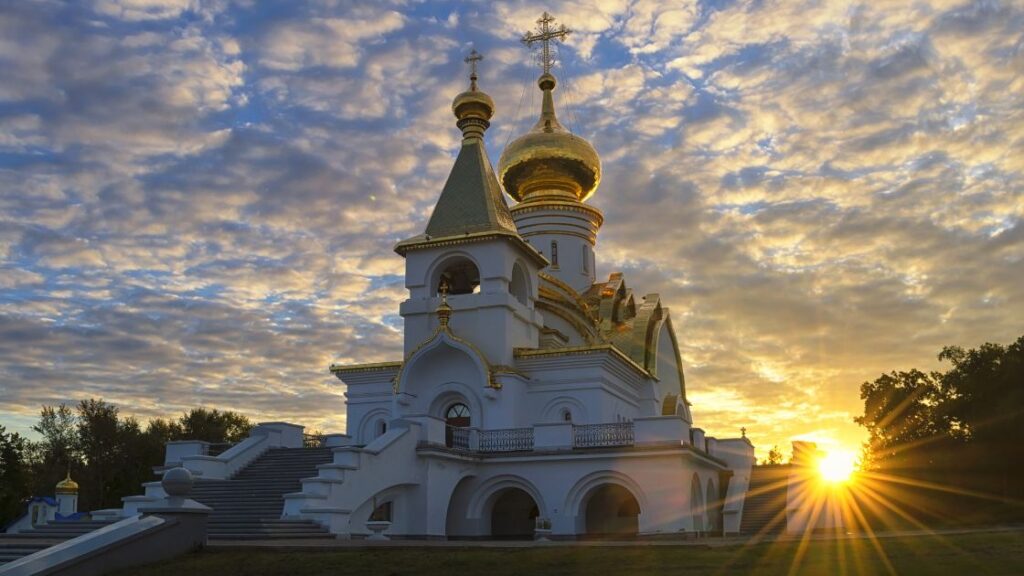Bringing a strong sense of cultural awareness along when embarking on a spiritual journey is as important as packing a comfortable pair of shoes. There are remarkable destinations across the globe that can inspire introspection, connection, and a deeper understanding of self and the universe. When we embark on a spiritual journey or visit sacred places, we often seek solace, enlightenment, and a deeper understanding of existence. While these experiences can be universally transformative, integrating cultural awareness into these moments adds a unique layer of richness and personal growth. By striving to understand the dynamic values and beliefs of different cultures as well as being conscious of one’s own culturally-shaped values, beliefs, perceptions, and biases, the spiritual journey becomes more than a personal pilgrimage. It blossoms into greater understanding of relationships and the human condition.
Here are a few aspects of your own cultural awareness to consider when taking in sacred destinations:
Recognizing Cultural Heritage
Cultural heritage is an intricate mix of stories, traditions, rituals, and beliefs passed down through generations. When we explore sacred sites, we connect not only with the universal aspects of spirituality but also with the specific cultural connections that shape identity. Whether it’s lighting a candle at a cathedral or participating in a traditional ceremony, tapping into the similarities from our own heritage can enhance the spiritual significance.
Shared Wisdom
Cultural awareness acknowledges that each unique community carries wisdom accumulated over centuries. As we walk the Camino de Santiago or meditate in Varanasi, we tap into the collective knowledge of those who came before us. We learn from ancient texts, symbols, and practices, recognizing that our spiritual journey is part of a larger narrative. By embracing this cultural heritage, we become custodians of timeless wisdom, passing it forward to future seekers.
Unity in Diversity
The world’s sacred sites represent diverse spiritual paths. When we explore them, we encounter different faiths, languages, and rituals. This exposure fosters tolerance, empathy, and a broader perspective. We are reminded that spirituality isn’t monolithic. It’s a kaleidoscope of beliefs, each contributing to the universal quest for meaning. By appreciating this diversity, we expand our spiritual horizons.
Symbolism and Archetypes
Cultural symbols and archetypes carry immense spiritual weight. They transcend time and space, resonating across cultures. When we recognize these symbols in sacred sites, they evoke a sense of familiarity and connection.
Take for instance, the lotus flower—a symbol of purity and enlightenment— which appears in Hindu, Buddhist, and Egyptian traditions. When we encounter a lotus pond near an ancient temple, we not only appreciate its aesthetic beauty but also tap into the collective consciousness that reveres it.
Rituals and Ceremonies
Every culture has its rituals—whether lighting incense, chanting mantras, or performing dances. These acts are bridges between the mundane and the divine. When we participate in them, we honor our cultural heritage and align ourselves with centuries-old practices.
Imagine standing in a medieval cathedral, the scent of incense lingering in the air. The same incense that once wafted through the stone arches during ancient ceremonies now envelops us. We become part of a timeless continuum.
Healing and Reconciliation
Some sacred places hold painful histories—wars, colonization, oppression. Acknowledging these dark chapters allows us to heal collectively. By visiting sites of historical trauma, we honor the resilience of those who suffered and find compassion for their struggles.
As we reconcile with our cultural past, we also heal personal wounds. Perhaps our ancestors faced persecution or displacement. By acknowledging their pain, we release inherited burdens and create space for growth.
Sacred Places Worth Visiting
Now let’s explore some sacred places where you can embark on such a transformative experience:
Camino de Santiago, Spain
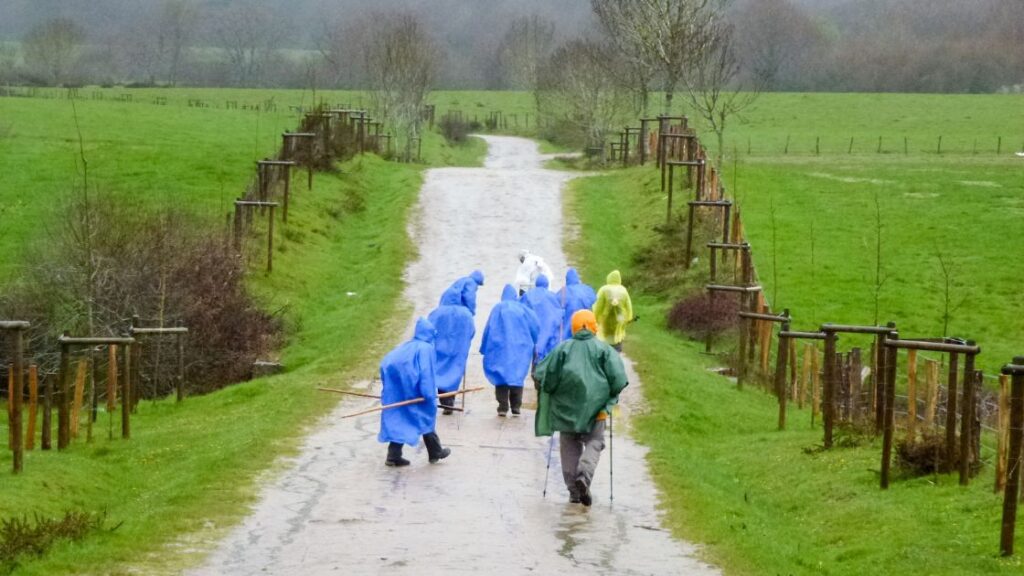
This world-renowned hiking trail was originally used by pilgrims to reach Santiago de Compostela, where it’s rumored that Saint James is buried. Today, hikers and spiritual seekers of all beliefs traverse the Camino de Santiago, covering about 500 miles from Saint Jean Pied-du-Port in France to Santiago de Compostela. The journey itself becomes a profound experience, testing mental and physical strength.
Varanasi, India
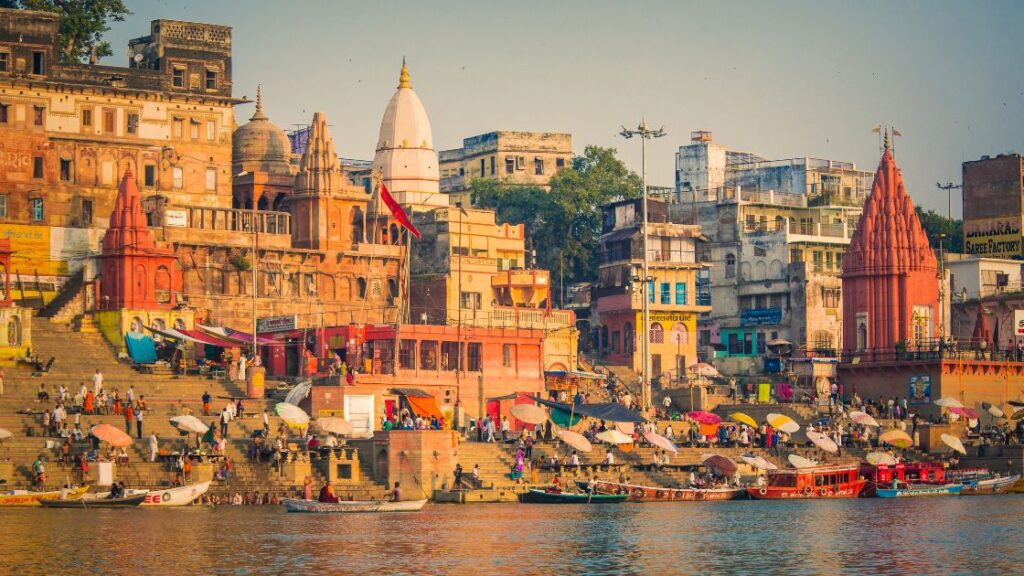
Known as the “Spiritual heart of India,” Varanasi lies along the banks of the Ganges River. It’s India’s oldest city and the place where Buddhism is said to have been founded. Here, you’ll witness open cremations, encounter wandering cows, and confront ideas about life and death. Buddhists and Hindus alike come to pray in this chaotic and colorful city.
Cape Reinga, New Zealand
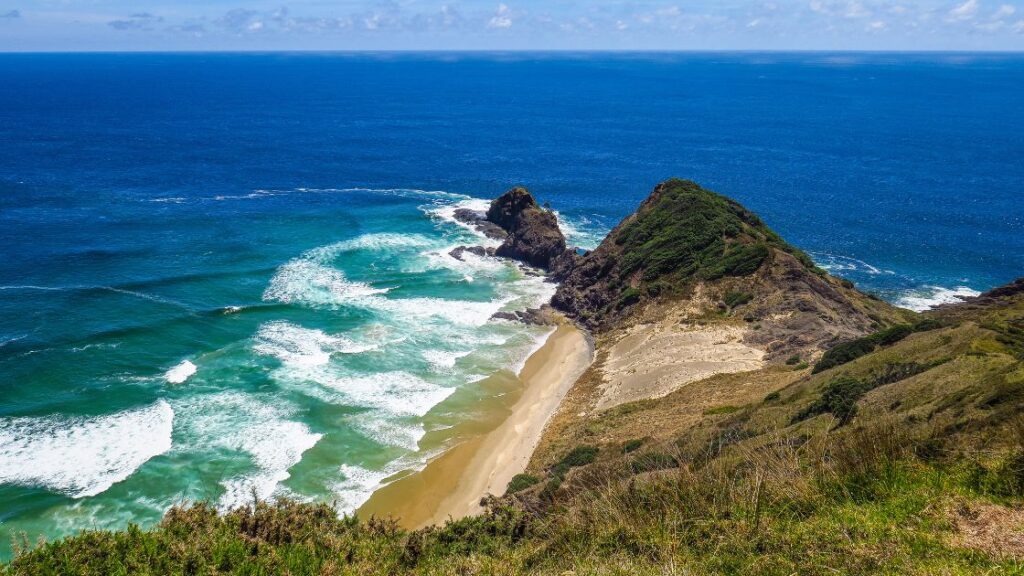
Also known as Te Rerenga Wairua, Cape Reinga sits on the northern tip of New Zealand’s North Island. Sacred to the Maori people, it’s considered the “leaping place of the spirits.” According to Maori belief, the souls of the recently deceased use this cape as a departure point from Earth to the afterlife. The rugged beauty of Cape Reinga adds to its enchantment.
Mount Kailash, Tibet
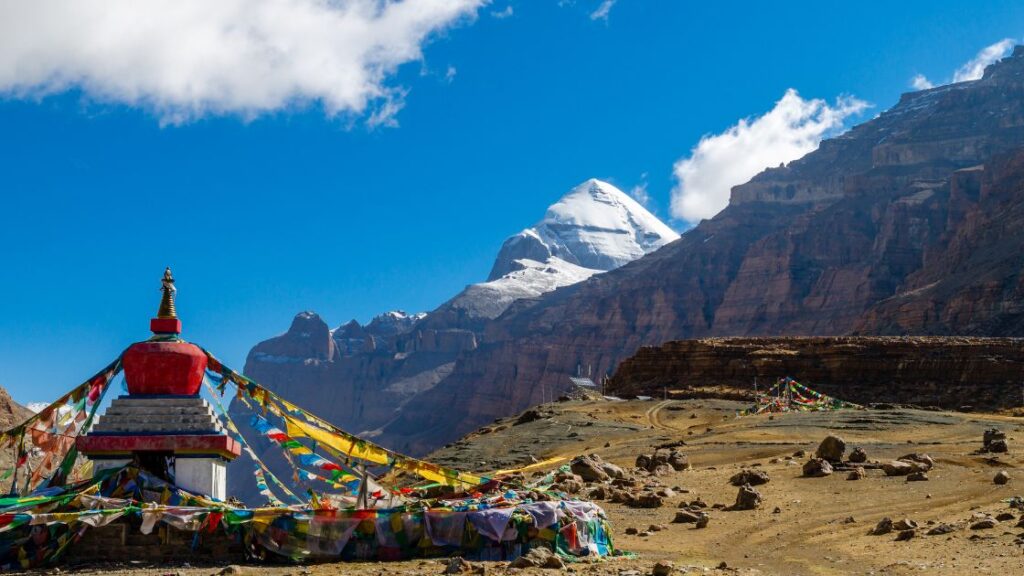
Revered by Hindus, Buddhists, Jains, and followers of the ancient Bon religion, Mount Kailash is considered the abode of Lord Shiva. Circumambulating this sacred peak (a trek known as the Kora) is believed to cleanse sins and bring spiritual enlightenment. The journey around Mount Kailash covers approximately 32 miles and is a profound pilgrimage.
Uluru (Ayers Rock), Australia
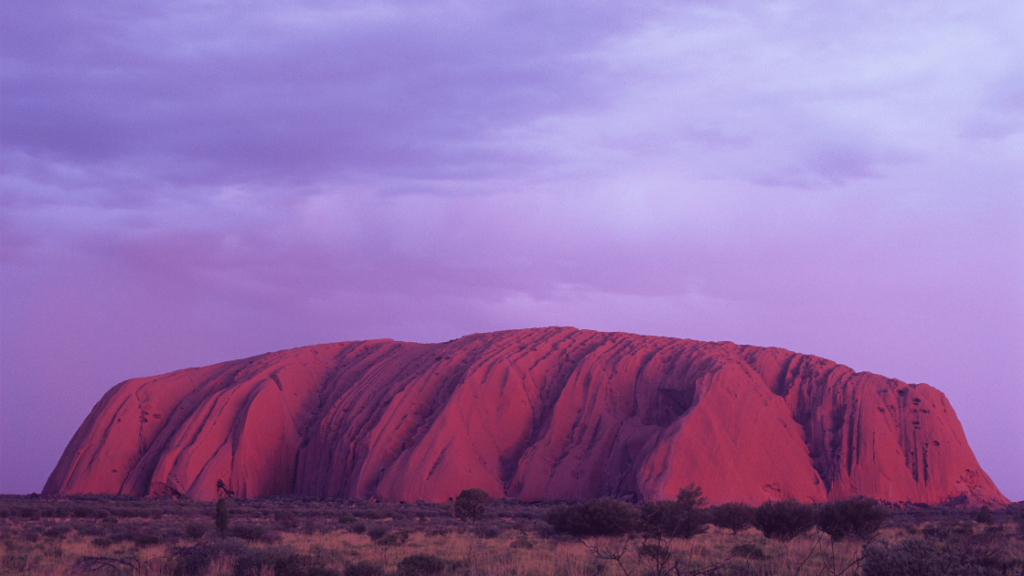
The massive sandstone monolith in the heart of Australia’s Red Centre holds deep spiritual significance for the indigenous Anangu people. Uluru is believed to be a powerful energy vortex, and visitors can explore its base, learn about its creation stories, and witness mesmerizing sunrises and sunsets.
Machu Picchu, Peru
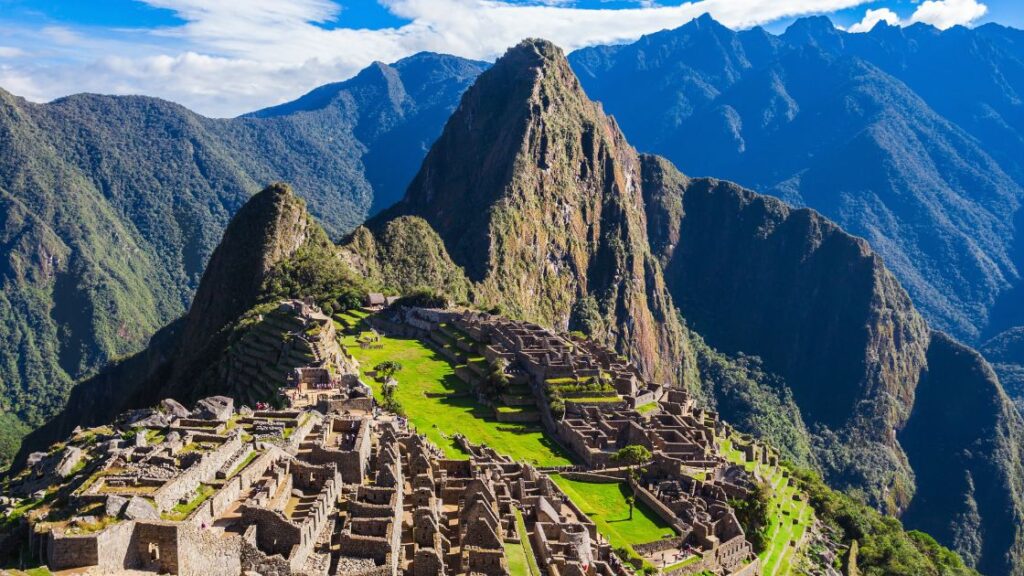
This ancient Incan citadel perched high in the Andes Mountains is not only a marvel of engineering but also a place of spiritual connection. The breathtaking views, intricate stone structures, and the sense of mystery surrounding its purpose make Machu Picchu a must-visit for seekers of spiritual experiences.
Sedona, Arizona, USA
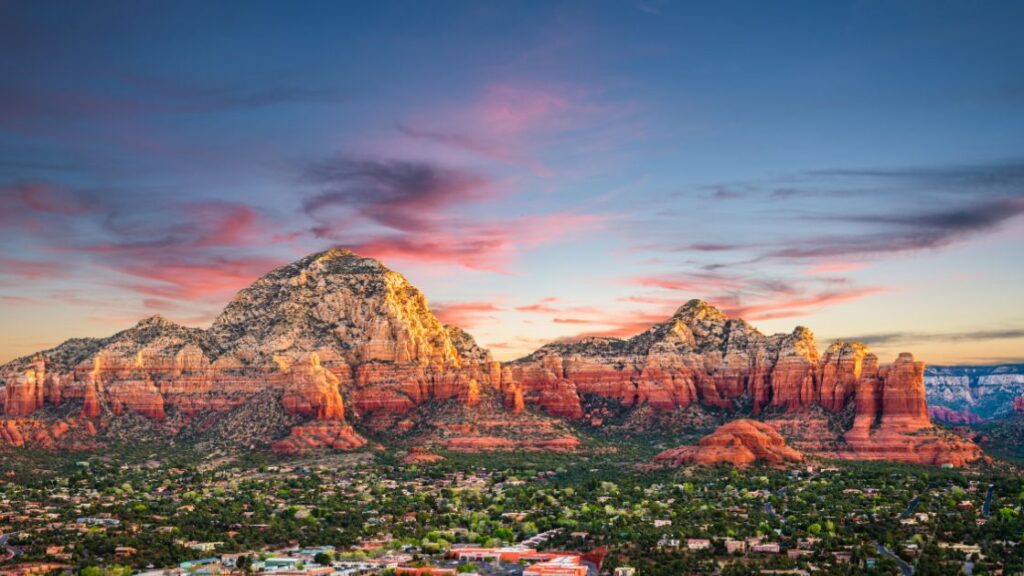
Known for its red rock formations and energy vortexes, Sedona attracts spiritual seekers, healers, and artists. The stunning desert landscape, meditation spots, and New Age practices create an atmosphere conducive to self-reflection and healing.
Carry Cultural Awareness on Your Spiritual Journey
Where will you wander on your spiritual journey? Remember that each person’s spiritual journey is unique, and these destinations offer diverse paths to self-discovery. Whether you seek ancient temples, natural wonders, or energy-charged sites, these places can inspire and transform your soul. Don’t forget to carry cultural awareness with you like a lantern illuminating the path. Let it guide upi toward self-discovery, compassion, and interconnectedness.
For more on cultural identity and traveling for self-discovery, check out these articles:


